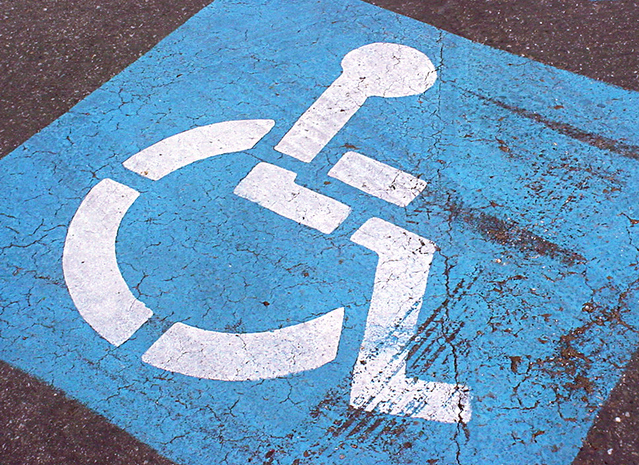
ERIN RYAN, of CBM Australia, sets out why Australia needs to appoint an Ambassador for Disability-Inclusive Development to help ensure people with disabilities in the developing world don’t remain ‘invisible’ when it comes to our aid and foreign policy…
When more than 150 world leaders packed away their briefing materials, returned their translation earpieces to their rightful places, and exited UN headquarters to battle Manhattan traffic in late September, 2015, the world was left with one of its most inclusive ever frameworks for change.
The Sustainable Development Goals, as we know, stand apart from the preceding Millennium Development Goals by virtue of their applicability to all people, in all countries. These might just seem like nice words, but for people with disability, language has power and the recognition of ‘all people, everywhere’ means everything.

PICTURE: Gabriel Doyle/www.freeimages.com
People with disability were invisible in the world portrayed by the Millennium Development Goals. But this doesn’t reflect the world we live in; globally, one in seven people has a disability. In developing countries, this figure is even higher, at one in five. This erasure prevented people with disability from benefitting equally from efforts to reach the MDG targets. While high-level reporting against goal 2 found that enrolment in primary education in developing countries had reached 91 per cent, the benefit wasn’t universal. In Nepal, just six per cent of school-aged children remained unenrolled. But of these, 85 per cent were children with disability.
At CBM Australia, we recognise that this is no coincidence. People with disability are more likely to experience poverty, and people living in poverty are more likely to experience disability. That’s why we worked hard to advocate for these goals to be inclusive. When negotiations concluded and the final goals were agreed, we were encouraged to see the SDGs take steps to recognise greater diversity of experiences, identities and inequalities through making direct reference to disability in five goals and embedding efforts to leave no one behind across all 17.
The drafting and agreement of the SDGs was an encouraging start. It’s now up to all countries to translate them into action. Australia is particularly well-placed to ensure that these goals contribute to removing the physical, policy and attitudinal barriers faced by people with disability not only at home, but in our region. With the introduction of a groundbreaking strategy for disability-inclusive development, and its continuation through a second iteration, Australia affirmed its international leadership in making disability inclusion a development policy priority.
But leadership is not static. We can, and should, be continually improving. That’s why Micah Australia is calling on the Australian Government to prioritise the representation and inclusion of people with disability in our aid and foreign policy, and support our neighbours to do the same, by appointing Australia’s first Ambassador for Disability-Inclusive Development.
We think it’s a good idea, and back in 2013 the Coalition, Australian Labor Party and the Greens agreed with us. Backed by cross-party support, the then-Labor Government announced exactly this role to “[demonstrate] to the world how central the matter of disability inclusion is to our international aid efforts”. But this tripartisanship was to be short-lived; an election was soon called, a change of government ensued, and the commitment was quietly abandoned.
In contrast, this December is no quiet time for the disability-inclusive development community. In addition to marking International Day of People with Disability on 3rd December, we’ve just celebrated the 10 year anniversary of the landmark United Nations Convention on the Rights of Persons with Disabilities on 13th December. This month, we invite you to celebrate – loudly! – with us by calling on your elected representatives to re-commit to appointing an Australian Ambassador for Disability-Inclusive Development, and to make a speech in Parliament supporting the positive steps taken to strengthen disability inclusion in the Australian aid program.
We have until 2030 to achieve the targets set out by the Sustainable Development Goals. It’s a long time, but the pace of sustainable change is often glacial. By taking early action to ensure that people with disability are not only reflected in our efforts to achieve the SDGs, but have the agency and power to determine and drive how we achieve them, we can avoid the disappointments of the MDGs.
No children with disability left out of school, no working-age people with disability prevented from engaging in fulfilling employment, no women with disability at heightened risk of violence.
That’s how we transform our world, for all people, everywhere.
Erin Ryan is the political lead in CBM Australia’s policy and advocacy team.





